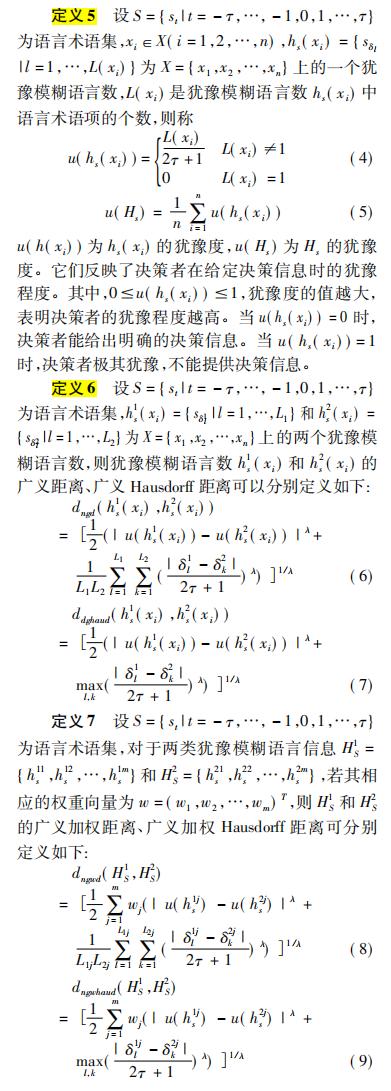Title: Custom Suit Measurement Guide: How to Measure Yourself for the Perfect Fit
Custom suit measurement guide: How to measure yourself for the perfect fit?Getting a custom suit made can be a daunting task, especially when it comes to measuring yourself accurately. The right measurements are crucial to ensuring that your suit fits you perfectly and looks great. Here's how to measure yourself for the perfect fit:1. Measure your chest: Use a flexible tape measure, wrap it around your fullest part of your chest, and record the measurement in inches.2. Measure your waist: Measure your waist at its smallest point, usually just above your belly button and around your ribcage.3. Measure your hips: Stand with your feet together and measure around the fullest part of your hips and thighs, making sure the tape is level.4. Measure your inseam: Measure from the top of your hipbone (where your leg begins) to the bottom of your ankle, making sure the tape is level.5. Take note of any adjustments you need to make: If your measurements differ by more than an inch or two, you may need to adjust the pattern or have it adjusted by a tailor.Remember that different suits require different measurements, so consult with a tailor or follow their specific instructions for getting the perfect fit. With these simple steps, you'll be able to measure yourself accurately and get a suit that fits like a glove.
When it comes to custom-made suits, the key to achieving a perfect fit is accuratemeasurement. A well-tailored suit can make all the difference in your appearance and confidence. However, without proper measurement, even the finest fabric and tailoring can result in an ill-fitting garment. This article will guide you through the process of measuring yourself for a custom suit, ensuring that you get the right size and look for your next formal event.
First and foremost, it's essential to understand the different parts of your body that need to be measured for a suit. A typical custom suit consists of a jacket, trousers, waistcoat, and bow tie. Each piece has unique measurements, so it's crucial to take accurate measurements for each.
Measuring for the Jacket

Measure the chest circumference: Place the measuring tape across your chest at the fullest part of your chest, just under your arms. Make sure the tape is level and doesn't have any slack in the back. The chest circumference will give you an idea of the size of your jacket.
Measure the waist: Wrap the measuring tape around your waist, just above your hipbones. Keep the tape level and avoid letting it slip down or up. Your waist measurement will determine the length of your trousers.
Measuring for the Pants
Situate yourself with your feet flat on the ground and measure from your natural waist (where your belt would sit) to the top of your thighs, keeping your knees bent slightly. This will give you your inseam measurement. Inseams can vary between brands and styles, but a typical inseam for dress pants is 32-34 inches.
Measuring for the Waistcoat
If you plan to wear a waistcoat with your suit, measure your waist as described above. This will ensure that the waistcoat fits snugly around your torso without feeling too tight or too loose.
Measuring for the Bow Tie

The bow tie should complement your shirt and suit perfectly. To measure for the perfect bow tie size, wrap the measuring tape around your neck where you prefer the ties to be tied. Make sure there is at least an inch of room between the end of the tape and your neckline. This will give you a comfortable and secure fit for formal occasions.
Once you have taken all the necessary measurements, it's time to consult with a tailor. A skilled tailor will use these measurements to create a suit that fits your body shape and style preferences. They may also provide suggestions for alterations or modifications to achieve the perfect fit. It's important to communicate openly with your tailor about your expectations, body type, and any specific requests or concerns you may have.
In addition to getting accurate measurements and working with a professional tailor, there are some general tips to keep in mind when choosing a custom suit:
Choose a fabric that suits your lifestyle and occasion: Consider factors such as durability, comfort, and versatility when selecting a fabric for your suit. Wool is a classic material for suits due to its durability and warmth, while cotton is more breathable and suitable for casual occasions.
Pay attention to details: From the lapels to the buttons
Articles related to the knowledge points of this article:
Title: The Best Brand for Ties: A Comprehensive Guide
Title: The Evolution of the Narrow-Collar Tie: A Cultural and Fashionable Journey
Title: Unveiling the Enigma of the Cross-Stripe Tie: A Comprehensive Guide
Title: Is a Tie Required for Suits? The Debate Goes On
Black Tie Etiquette: A Comprehensive Guide to the Art of Dressed to Impress



